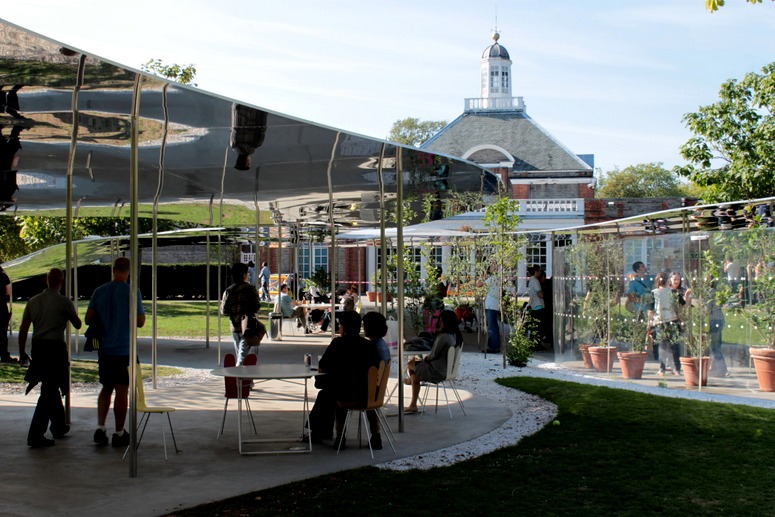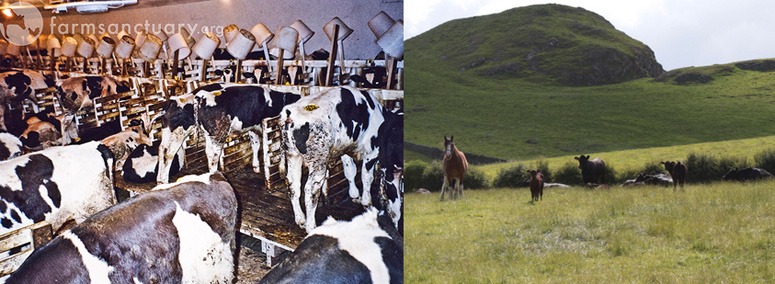David MacKay states that onshore wind farms are likely to generate 2W/m2 and offshore wind farms to generate 3W/m2. To supply the UK energy demand of 50kWh/day would therefore require an area twice the size of Wales to meet the demand with from offshore farms and three times the size of Wales to meet the demand from onshore wind farms. Wales (8,022 sq mi ) has approx 8% of the area of the UK. At present 13.5% of the UK is urbanized. David MacKay asks ‘would the public accept and pay for such extreme arrangements?’ Please study the above photo of Palm Springs in California before giving an answer. Some people might find a blanket of turbines ugly.
Scotland has 32% of the UK’s land area and only 8.4% of the population, so it would be relatively easy to win a democratic vote to blanket Scotland with wind turbines and solve the UK’s energy problem, though the cost would be high. We could omit the Forth-Clyde Valley and include parts of Northumberland and Central Wales in the interests of ‘equity’. Too many southerners have holiday homes in the Lake District for this area to be included – so it could be a good place for property investment.
Above image courtesy slworking







